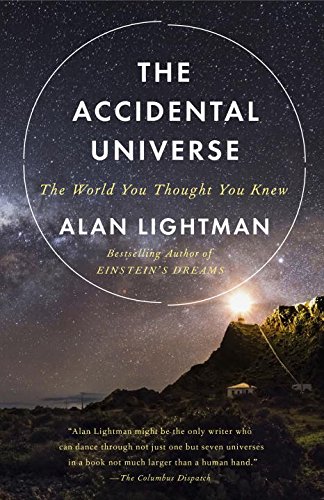Andrew Anthony in The Guardian:
Like India and Walt Whitman, Arundhati Roy contains multitudes. She is, however, far from large. Small, delicately boned, a beguiling mixture of piercing dark eyes and bright easy smile, she is a warm presence. She turns 53 tomorrow and the grey tint to her curls lends depth to a still strikingly youthful face. Looking at her, it’s not hard to detect the author of the richly empathetic The God of Small Things, her debut, Booker-prize winning novel about family life in Kerala, that John Updike described as a “massive interlocking structure of fine, intensely felt details”.
That was 17 years ago and photos from that period show a captivating figure, at once shy and fiercely proud, wary and utterly self-possessed. The book was a huge international hit and the publishing world readied itself to cash in on a phenomenal new talent, galvanised by the fact that so photogenic an author would be a dream to market.
But the follow-up novel didn’t arrive. Instead Roy directed her considerable energies towards political activism, most especially in India where, despite her success, she has remained. It was a path that has led her to express solidarity with groups – such as Kashmiri separatists and Maoist guerrillas – that are seen by many Indians, with some reason, as terrorists. As a result Roy has become a controversial figure, an outspoken heroine in certain radical quarters, but loathed by large sections of Indian society, not least Hindu nationalists.
She has also become a prolific essayist and polemicist.
More here.

